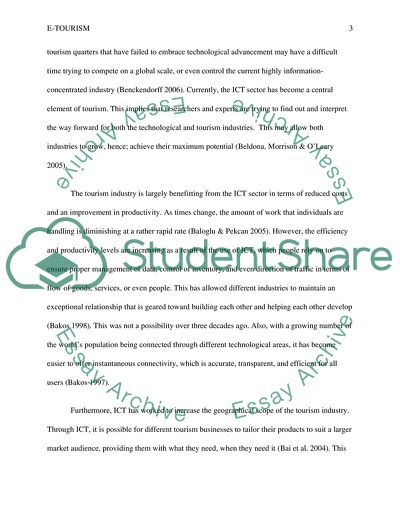Cite this document
(E-Tourism Case Study Example | Topics and Well Written Essays - 3500 words, n.d.)
E-Tourism Case Study Example | Topics and Well Written Essays - 3500 words. https://studentshare.org/tourism/1868504-e-tourism
E-Tourism Case Study Example | Topics and Well Written Essays - 3500 words. https://studentshare.org/tourism/1868504-e-tourism
(E-Tourism Case Study Example | Topics and Well Written Essays - 3500 Words)
E-Tourism Case Study Example | Topics and Well Written Essays - 3500 Words. https://studentshare.org/tourism/1868504-e-tourism.
E-Tourism Case Study Example | Topics and Well Written Essays - 3500 Words. https://studentshare.org/tourism/1868504-e-tourism.
“E-Tourism Case Study Example | Topics and Well Written Essays - 3500 Words”. https://studentshare.org/tourism/1868504-e-tourism.


